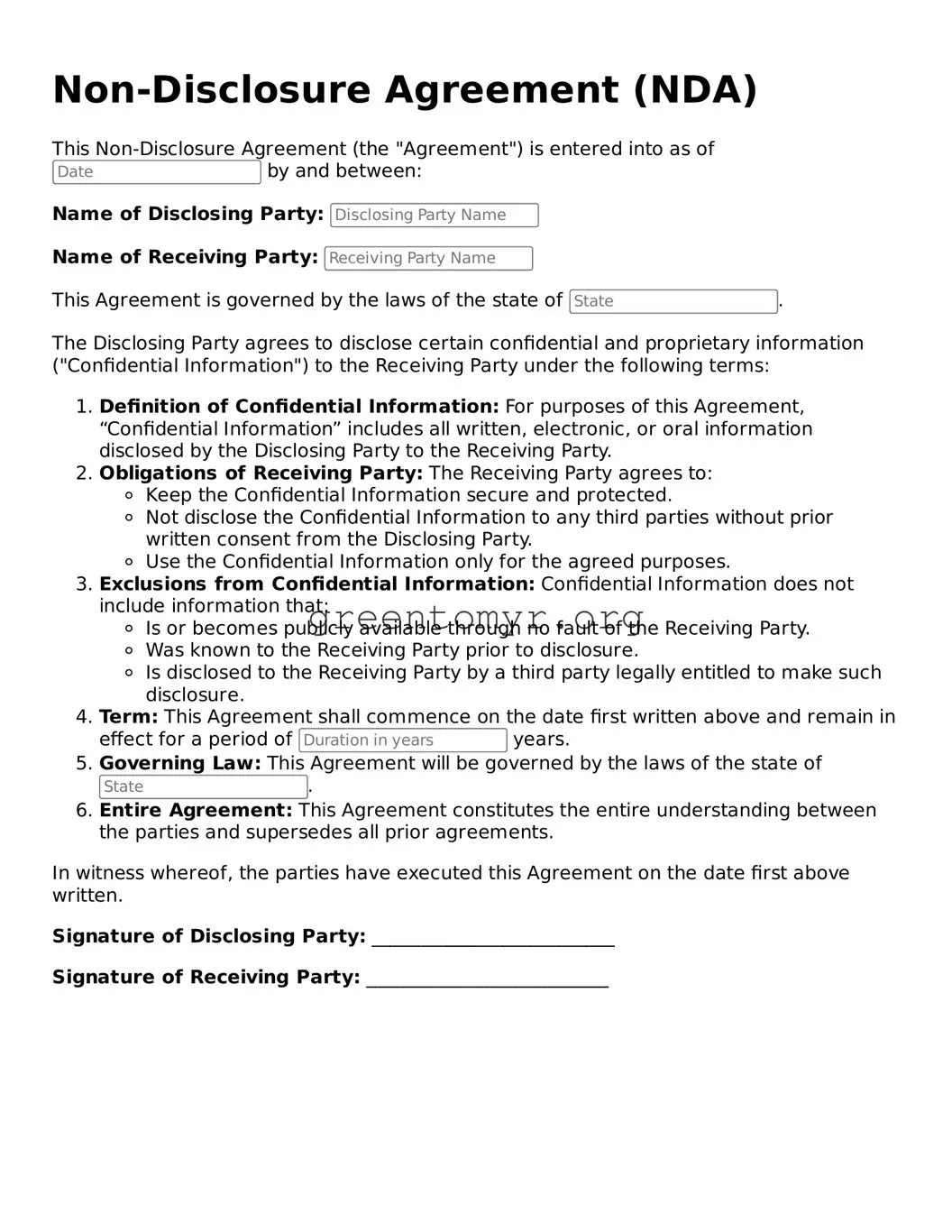What is a Non-disclosure Agreement (NDA)?
A Non-disclosure Agreement, or NDA, is a legal agreement between two or more parties that outlines confidential information shared between them. The purpose of an NDA is to protect sensitive information from being disclosed to outsiders. This is commonly used in business relationships, such as when companies collaborate or when an employee has access to proprietary information.
Typically, an NDA covers any information the disclosing party wants to keep confidential. This may include:
-
Trade secrets
-
Business plans and strategies
-
Financial information
-
Customer lists
-
Product designs
Any specific details relevant to the agreement should be clearly mentioned in the NDA.
Who can use an NDA?
Anyone can use a Non-disclosure Agreement. This includes businesses, freelancers, employees, and contractors. If you share private information and want to ensure it remains confidential, an NDA can help protect that information.
What are the key components of an NDA?
An NDA typically includes the following components:
-
Definition of confidential information
-
Obligations of the parties involved
-
Duration of confidentiality
-
Exclusions from confidentiality requirements
-
Consequences for breach of the agreement
Including these elements helps clarify expectations and responsibilities.
How long does an NDA last?
The duration of an NDA can vary. It is usually specified within the agreement. Some NDAs last for a set number of years, while others may continue indefinitely, particularly for trade secrets. It’s important to define the time frame that is appropriate for the situation.
Are there different types of NDAs?
Yes, there are generally two types of NDAs:
-
Unilateral NDA:
This involves one party disclosing information while the other party agrees to keep it confidential.
-
Mutual NDA:
In this case, both parties share information and agree to protect each other's confidential data.
Selecting the appropriate type depends on the nature of the relationship and the information being shared.
What happens if someone breaches an NDA?
If someone breaches the agreement, the injured party may take legal action. Possible consequences can include monetary damages, injunctions (court orders to stop certain actions), or other remedies as specified in the NDA. It’s essential to understand the potential ramifications before entering into an NDA.
Is an NDA legally enforceable?
Generally, NDAs are legally enforceable as long as they meet certain requirements. These usually include having clear terms, being signed by all parties involved, and not containing overly broad or unreasonable clauses. However, enforcement can vary based on local laws and circumstances surrounding the agreement.
Can I create my own NDA?
Yes, you can create your own NDA. However, it’s essential to ensure that it covers all necessary components and is clear in its language. Many people choose to consult a legal professional to review their NDA or to help draft one, especially for complex agreements.
